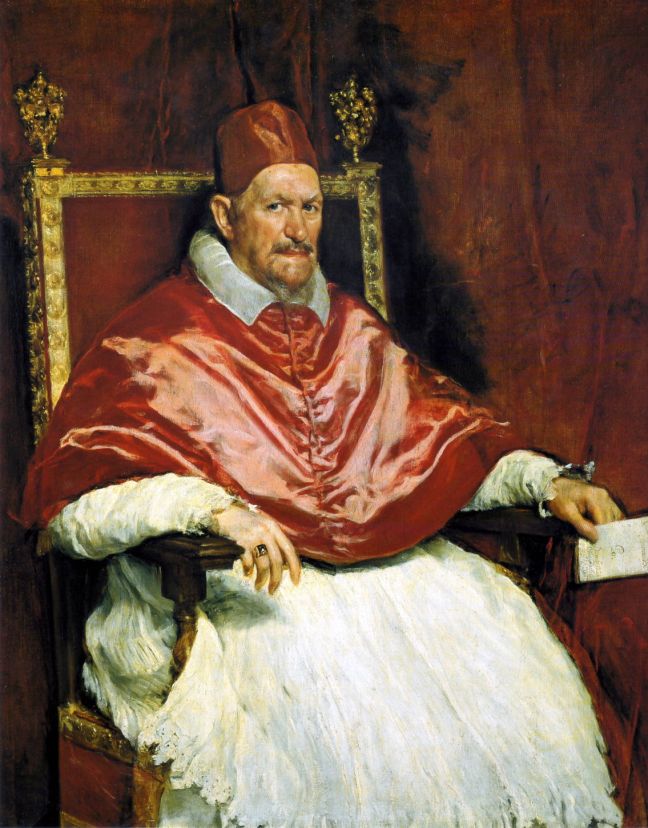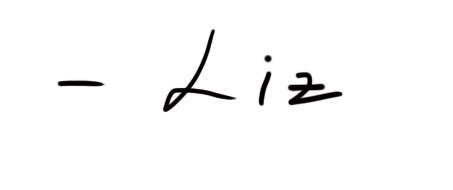Birthday Observances: Diego Velázquez
June 06, 2022

Happy Birthday to Diego Velázquez, who was baptized this day in 1599. Much has already been said about the painter. This morning I pay my own humble respects to him for providing me with lessons that inform my own painting practice.

Foremost, his brush work and color harmonies! The multitude of reds, pinks, oranges and blues in Innocent’s cape is master class in rendering a fully alive form. You can nearly feel the silky fabric through the sheen created by active brushwork in the highlights of the folds.
I marvel at the economy with which Velázquez created the shrouded head of Mars—just a few notations on the helmet, suggestion of mustache and two eyes and swipe of highlight on the chin. Bingo!

As a figurative painter, I appreciate the tips Velázquez gives on staging complex groups of figures.

Much has been said about the complexities of the groupings in Las Meninas. What I find intriguing is the upper half of the canvas. It’s virtually empty, that is to say, it lacks figural groupings. This certainly functions as a visual relief from all the business below. But is it also a comment about the fleeting nature of human existence, a reference to the nothingness that is above us all, no matter our station in this life?
The foreground of The Surrender at Breda (top) contains more than 20 figures (and two horses), grouped in two to form symmetrical, though not rigid, compositional order. The grouping reinforces the combative nature of war; two armies—Spanish and Dutch—even in surrender opposing each other on the canvas. In Velásquez’s hands, only a few figures are spotlighted, pulled from the crowd one imagines for their importance and as a break to the monotony of the painted crowd.

As a portrait painter I appreciate that Velázquez captured all subjects between ruin and royalty with equal attention and insight. He was 19 (!) when he painted an old woman cooking for her grandson (?) and surrounded her with all manner of equipment. I’m envious of the skill with which Velázquez rendered each item, so perfectly that we immediately recognize clay from copper. Were these actually in the woman’s collection or did the painter stage them to show off? But really I don’t begrudge him for displaying his considerable painting chops
Velázquez was an unsentimental portraitist. The Nun Jeronomina scrutinizes us with an unflinching gaze. Beware! This woman wields the cross like a weapon. And, if that weren’t enough, the inscription above her sternly advises: “It is good to await the salvation of God in silence.”

And, finally, what would a post on Velázquez be without a Habsburg?

Like most of her Habsburg relatives, Queen Mariana was no looker. But she was Queen, second wife to Philip IV, whose court Velázquez painted for 30 years and who had made the painter’s reputation. (Mariana was also mother to Infanta Margaret Theresa, the focus of Las Meninas.) Quite cleverly I think, Velázquez distracts the viewer from the Queen’s visage by focusing on the intricate opulence of her dress.
Diego Velázquez, I salute you!
Visitations
Velázquez at the Metropolitan
Velázquez at the Prado
Velázquez at The National Gallery
Breda, Holland
Postscripts
Peter Schjeldahl on Las Meninas

your writing style is so clear, humorous and educational…….all in a few sentences!
Many thanks! It’s a treat to return to writing about art.